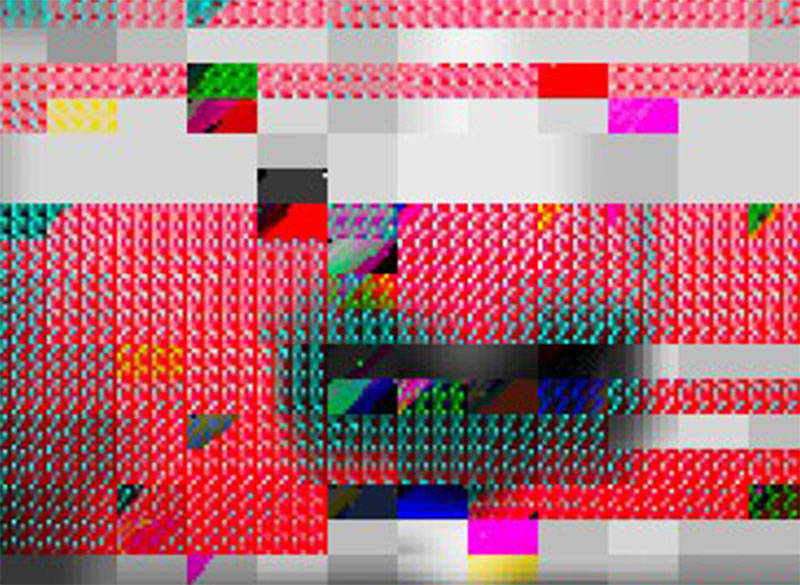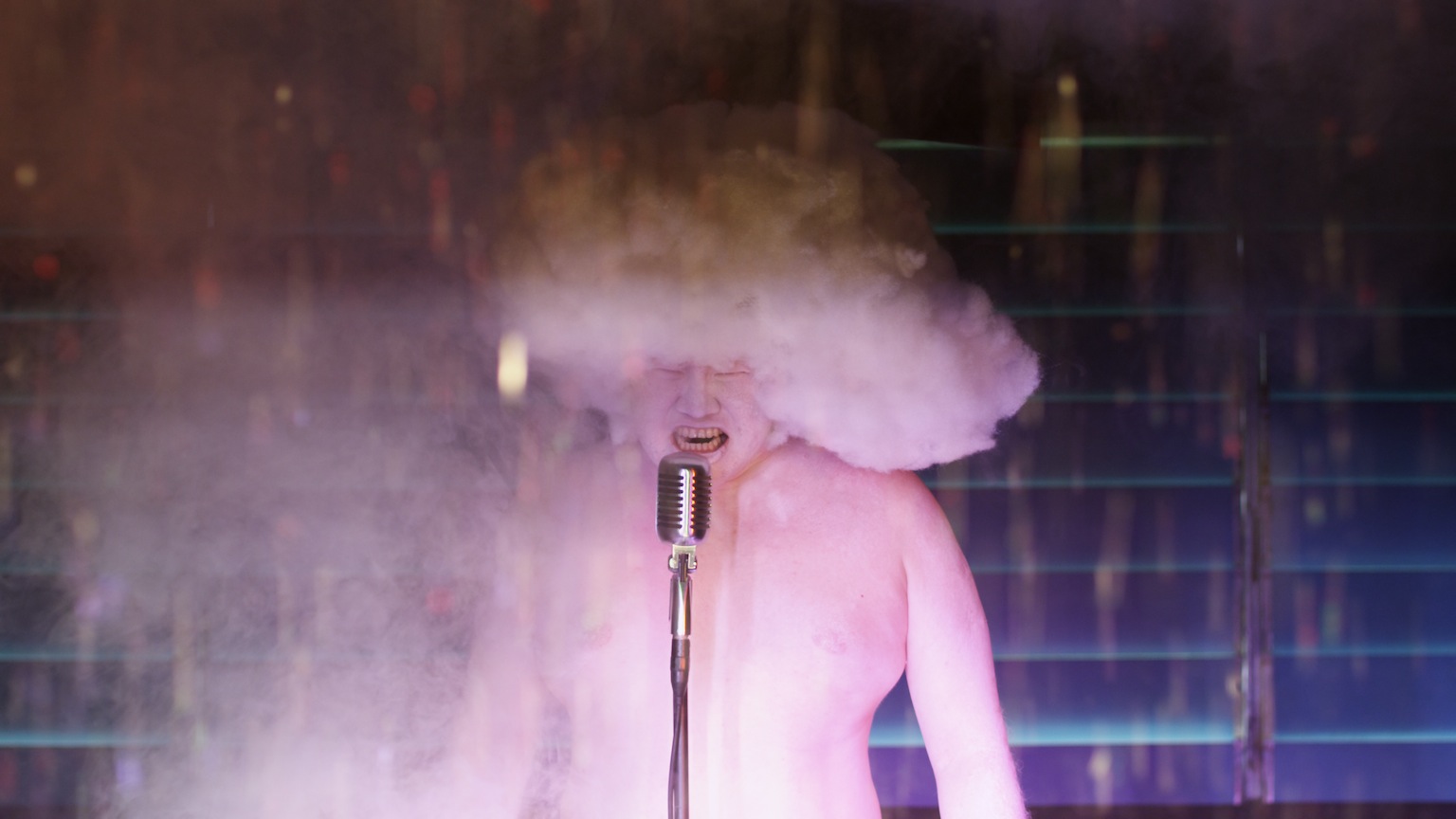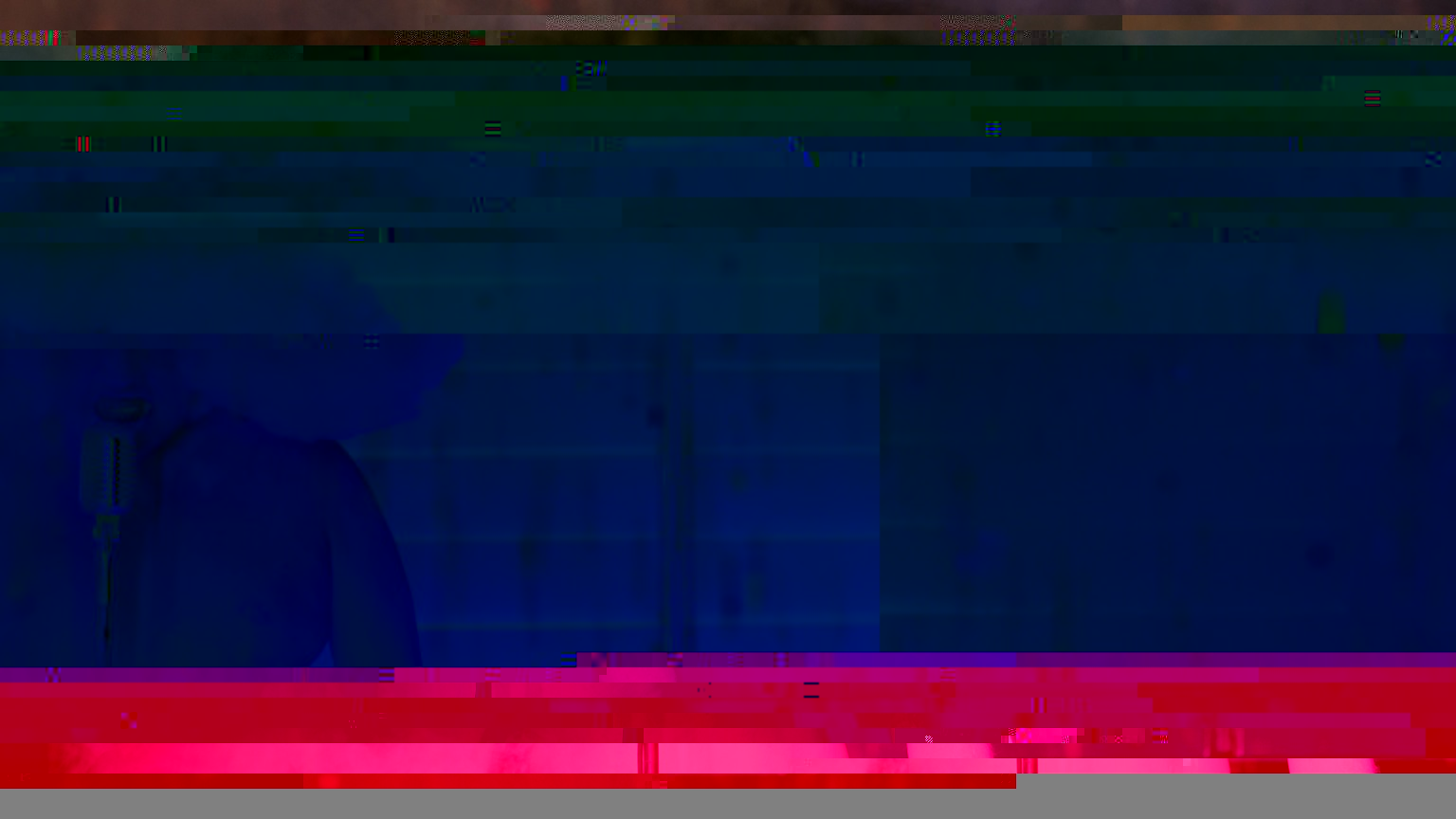
Drawing from the work of Jodi, Jon Cates, Rosa Menkman and other glitch artists, this project will explore the aberrations, failures, and artifacts that signify this artistic form. The assignment as described below is for the Mac using Preview and TextEdit. If you have a PC, please use the similar applications that allow you to preview jpeg files and open them as text. Please email me if you have any problems getting started with the project.
Glitch Manipulation Process
The following alterations are intended to show the results of “hacking” an image by altering its code as text. The idea is to show what lies beneath the surface of an image and to understand the process of how images can be manipulated simply by adding to or substituting its code. This method of deconstruction is crucial to a better understanding of the “fragility” of our media as well as the aesthetic results of intentional deconstruction and sometimes destruction to achieve surprising aesthetic results.
- Create a new post and document your working process as you go along by posting example images. First, Choose any image in .jpg format you would like to subject to a series of transformations. Add this unmanipulated image to your blog post as the starting post. Here is the image I am using (believe it or not it hasn’t yet been glitched!):

2. Be sure you are not using the original, make a copy and keep it handy in case you break your image. Use the copy in the following steps. If you break the copy, just make another copy from the original and start over again.
3. Open the .jpg file in both Preview and TextEdit (On the Mac) to carry out a series of hacks into the file’s code. Have the two files side by side so you can contrast and compare. Note the image on the left and the code on the right. If you have never seen what lies beneath a digital image, it is amazing to see the proliferation of code.

You will be able to go back and forth to see the alterations. In TextEdit, don’t alter the top section of the code, or the very bottom, which can “break” the file. Go about half-way down the file’s code, cut a section of code and paste it somewhere else, save it, and you will see a section of the image changing in the Preview file. Note the difference between the different code hacks and how they alter the image in various ways. Although this is not an exact science, experiment by cutting and pasting different amounts of code and from different parts of the file (not the beginning or the end!). When you are satisfied with the results, upload the .jpg file to your OSS post.

3. Make a copy of the glitched .jpg file you have posted (again, it is easy to break), open in Preview and Text Edit and keep going. See how far you can cause it to break down until it no longer resembles the original, becoming entirely abstract. At a certain point, you may see something quite radical happening: blocks of pixels, severe color changes, or just a swath of color. Upload the file to your post, such as the image below:

Continue this same process again: in which you can refine (if that’s allowed in glitch) by going deeper and deeper into the structure of the file until it has become something completely transformed. Be sure you have posted at least 4 images to your post, including the original, each one more glitched, until the last one is a complete abstraction such as below:

4. Besides posting in your OSS post, upload the final abstracted image to Flickr and add to our OSS NTU group. Hopefully by this time your Flickr posts will appear on the class site, sometimes it takes time for your Flickr account to be recognized by the OSS Flickr Widget.
5. Ultimately, this is about process, about your interaction with the code of the file, understanding at a system level how code operates on an image or a sound, etc. The images are also quite beautiful, impossible in many ways to create in any other way. They even seem to go beyond filters, which allow you to do similar manipulations with more control. But it is the loss of control that is interesting and provocative in our glitch experiment.
Happy Glitching!!